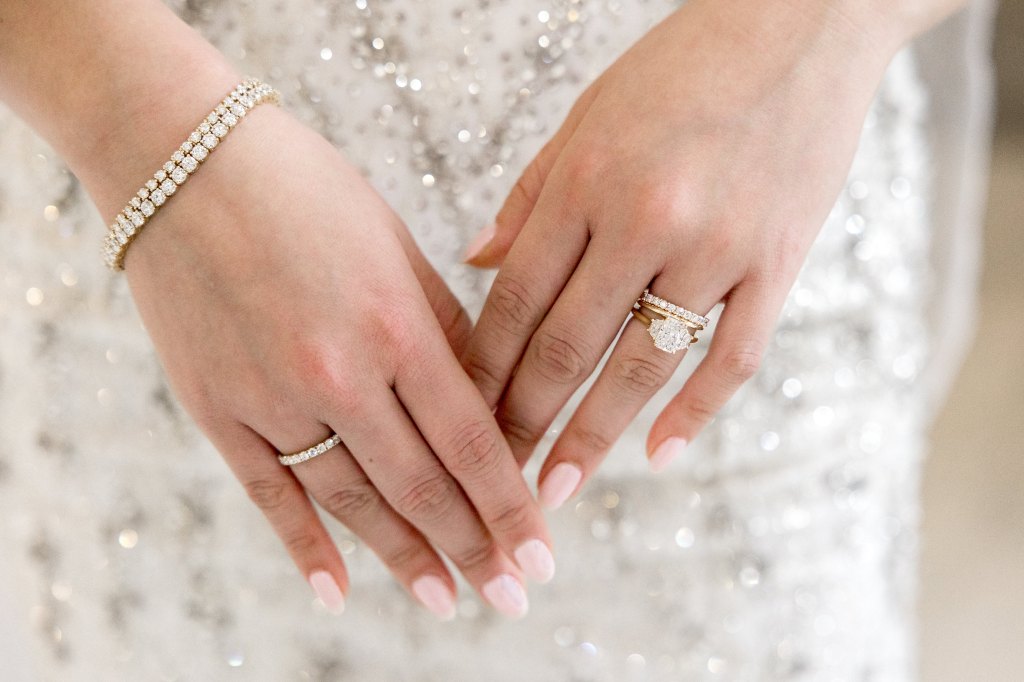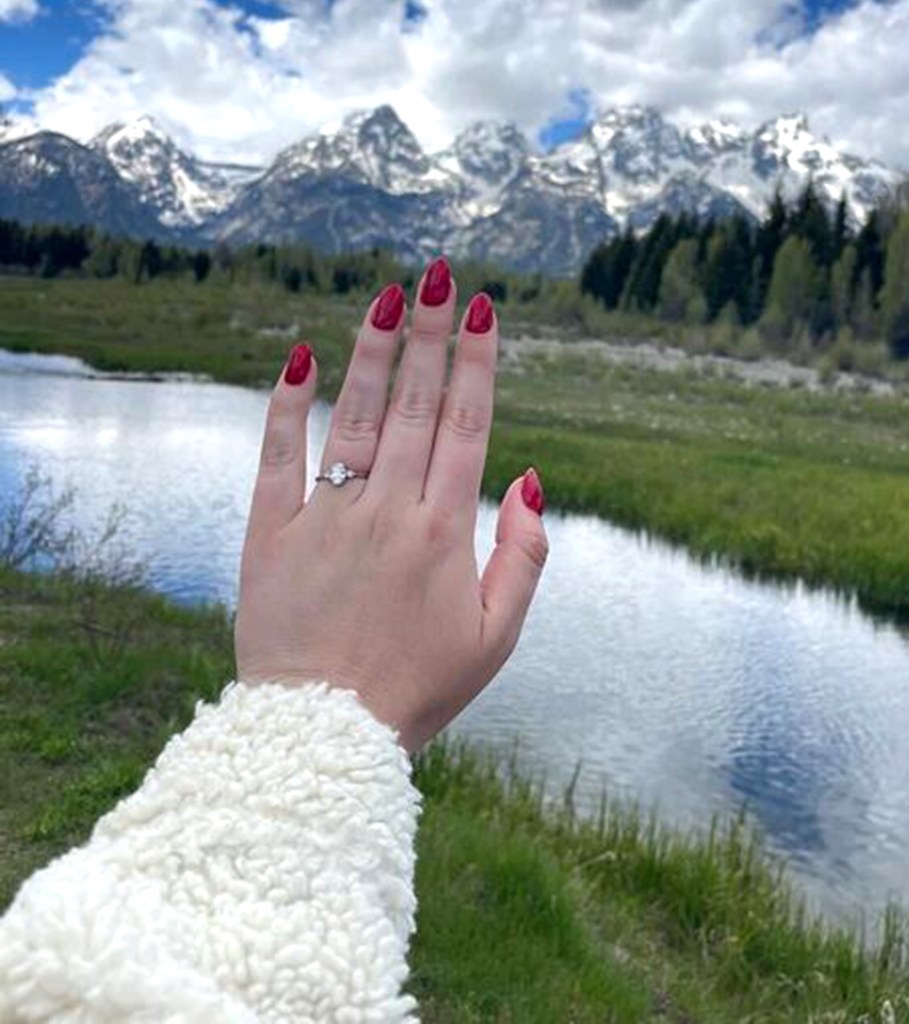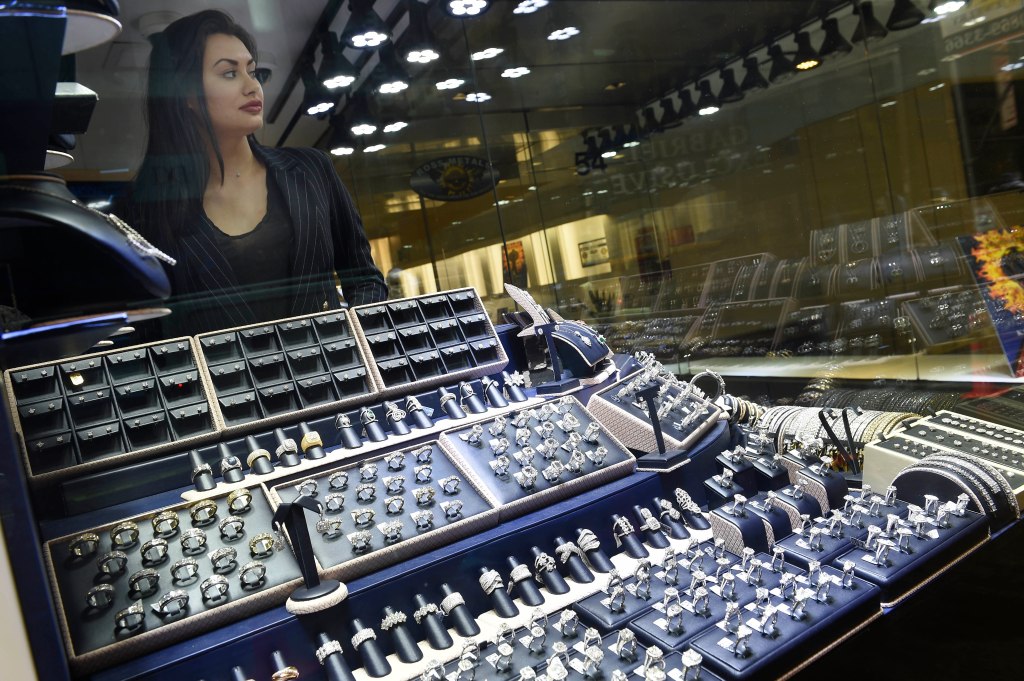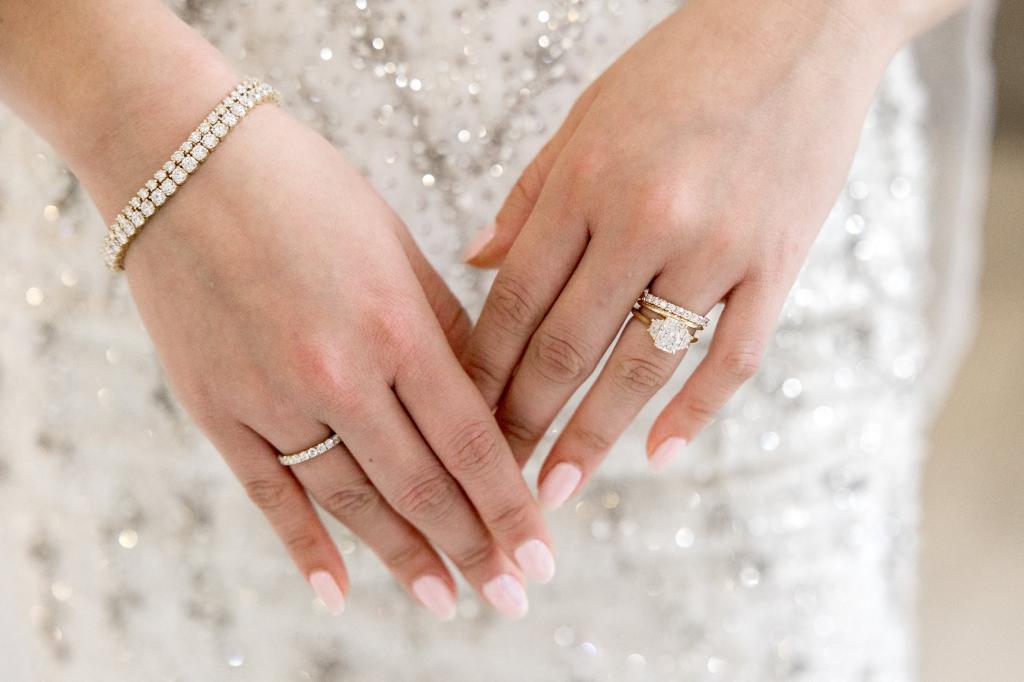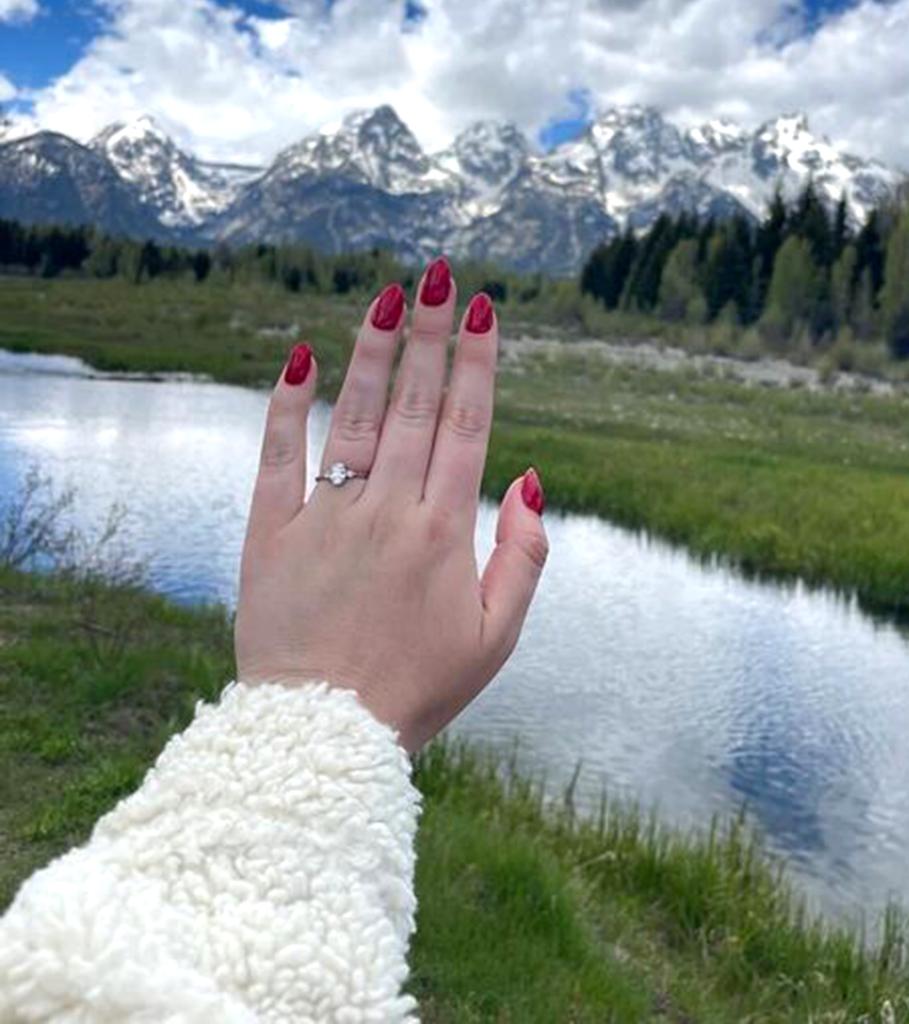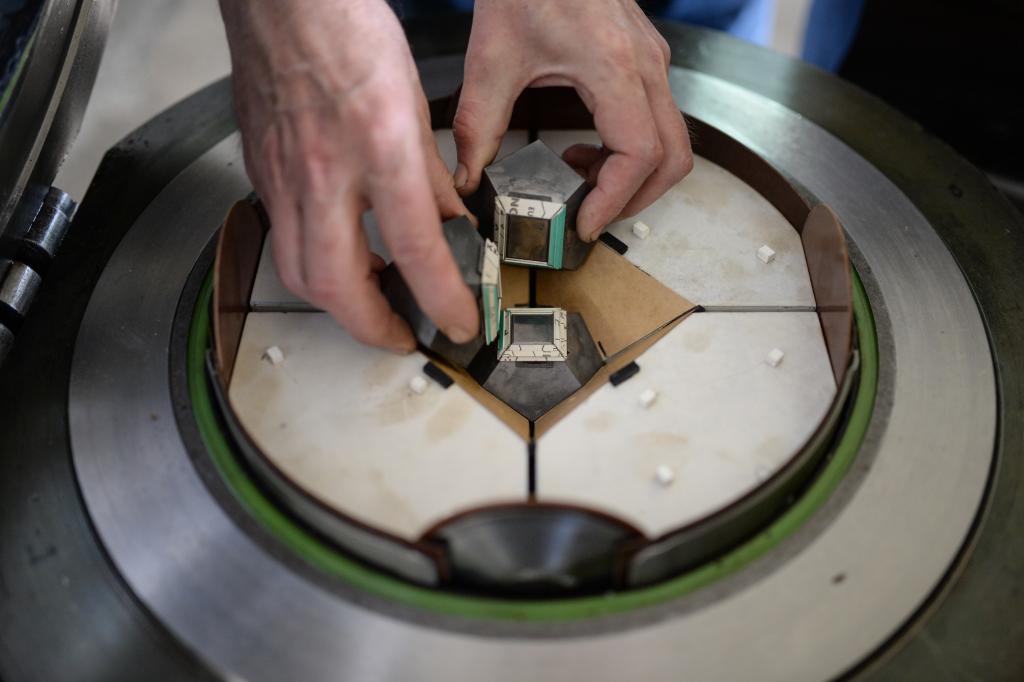Fiancées are choosing lab-grown diamonds to save money for wedding, house
If diamonds are a girl’s best friends, then their synthetic counterparts are a godsend for their wallets.
Lab-grown diamonds finally have some skin in the game, climbing to popularity primarily among blushing brides-to-be for being a cost-effective, eco-friendly alternative, despite traditionalists’ dismay.
Shannon Wallace, who is currently planning her November 2024 wedding, would rather put the money saved on a natural diamond toward activities on her big day that will enhance the experience, such as splurging on trolley transportation for her guests.
“We can put this money toward a wedding or a house instead of just a ring, which kind of seems silly when you think about it,” the Massachusetts bride, 28, told The Post.
The man-made gems can deliver higher quality color, cut and clarity in a bigger stone, all while ringing in about 70% less than mined diamonds, according to Lindsay Reinsmith, the founder and chief operating officer of Ada Diamonds, which specializes in the lab-grown jewels.
“I would argue I think that it will be not far into the future that lab-grown diamonds will likely outsell natural diamonds at the engagement market three to one,” she told The Post.
With a market value of more than $22 billion last year and a 50% market share, the lab-grown diamond has been steadily gaining traction over the last few years, and — despite the gems’ gauche reputation in the eyes of jewelry purists — upper-crust designers are integrating lab-grown stones in their products.
This week, Prada dared to enter the “unprecedented territory” of manufactured gems — a first for luxury fashion — in its latest Eternal Gold collection, originally billed as “the first truly sustainable fine jewelry collection by a global luxury brand” with its use of 100% recycled gold.
Now, the Italian fashion house is integrating its hallmark triangle logo by way of the “Prada Cut” lab-grown diamond as part of its diligence to deliver innovation to consumers, Prada execs told the Washington Post.
“It’s frankly a little overdue because laboratory-grown diamonds are superior to be used in these products, especially fashion jewelry,” Reinsmith told The Post, noting that brands adopting lab-grown diamonds won’t have to sacrifice quality for cost.
“So it seems like a no-brainer to me that the luxury brands would move in this direction.”
Not to mention, lab-grown diamonds are considered more ethical — they lack the widely criticized mining practices such as deforestation, habitat destruction, ecosystem pollution and poor working conditions.
Gen Z and millennial consumers tend to vote with their dollar — that is to say, they purchase goods with forethought of the company or product’s ethics — which Reinsmith believes has influenced the popularity of lab-grown.
“I just loved knowing that nothing could have possibly happened to get this,” confessed Wallace, who was drawn to the ethical component of the stones. “It’s made in a lab.”
The dazzling allure of lab-produced gems almost sounds too good to be true — and for Elissa Sommers, a fourth-generation jeweler and founder of Los Angeles-based Elissar Couture, her concerns are two-fold.
Lab-grown jewelry has been likened to designer knock-offs, in that the buyer can’t resell the dupe for the authentic product’s price, and the same is true, in theory, for diamonds.
Where Prada can rely on the price of its signature triangle bevel — whether it is inset with natural or lab-grown diamonds — the average consumer can’t necessarily resell a lab-grown diamond in the case of a divorce or get a ring upgrade like those with natural diamonds could, Sommers argued.
“There’s no reason for a jeweler to buy back a lab-grown when they could just go print and make another one,” she told The Post.
While experts have debated whether diamonds are really an investment piece or just a sunk cost, there is also the issue of preciousness and personality.
If the backbone of the jewelry industry is the value in scarcity — lab-produced diamonds, then, are not as precious. They can be mass-produced, making them less “special” and lacking personality without natural imperfections, argued Sommers, who expects the trend to wane.
Even still, lab-grown is in high demand, regardless of age or status.
Some of Reinsmith’s customers on their second marriage aren’t willing to spend a fortune on another ring, while others dripping in designer fabrics — who seem able to fork over tens of thousands of dollars for a natural rock — still opt for lab-grown.
“Quality is quality and value is value, and it doesn’t really matter what age you are or where you are on that income spectrum,” Reinsmith said. “In my mind, there’s very little reason left to choose a natural diamond.”








